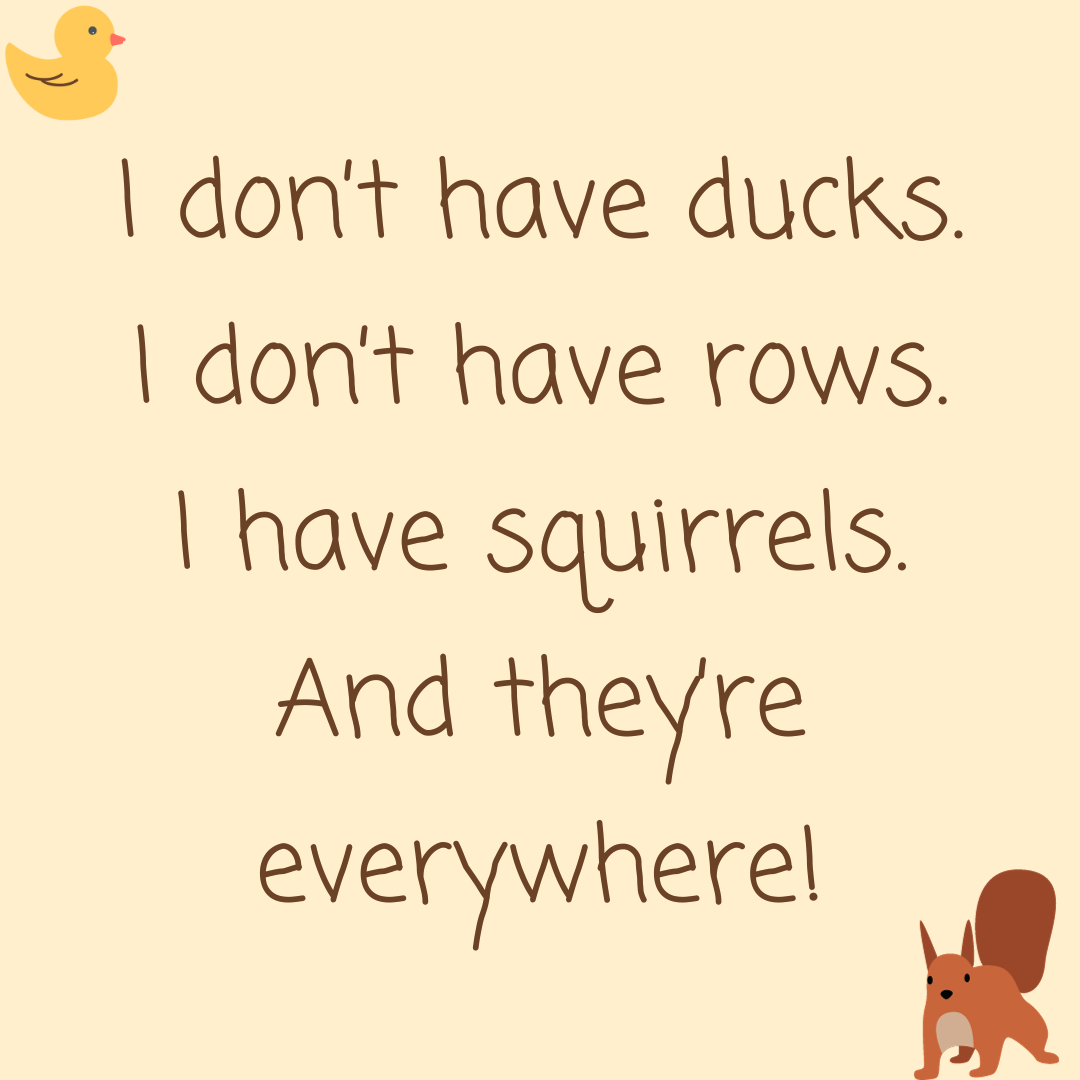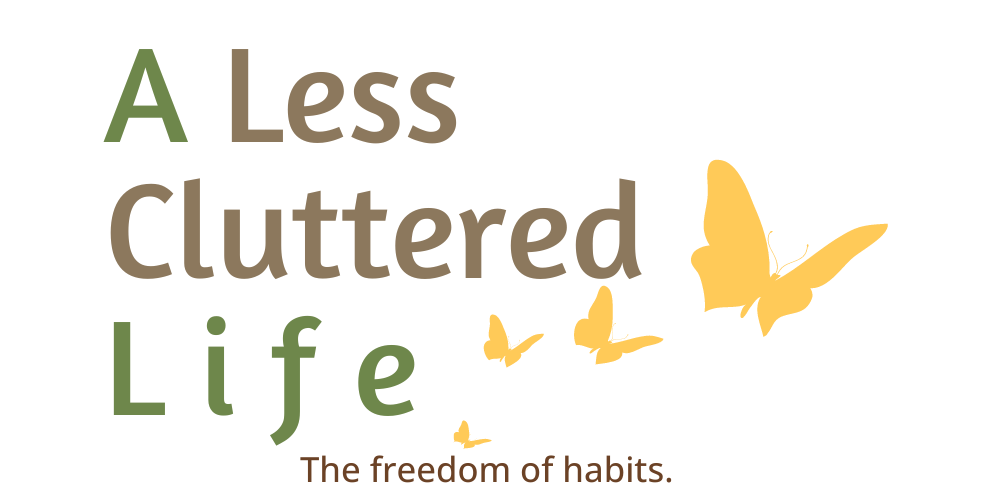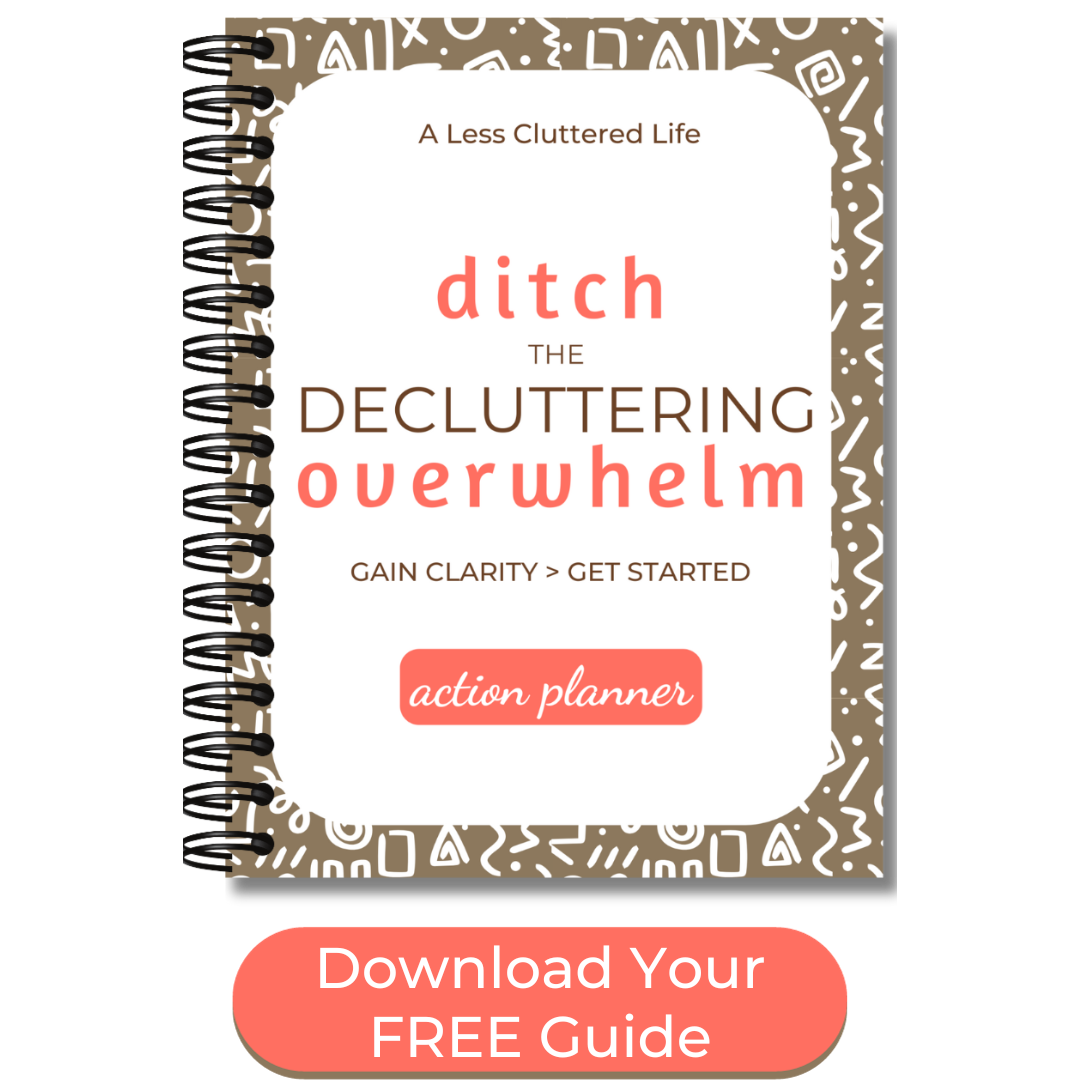|
by Susan McCarthy Organizing your home doesn’t start with a trip to the store to load up on matching plastic bins, shelving units, drawer organizers, and other such products. While those goods can make your stuff look neat and tidy, if you’re storing things that you don’t really use, want, or like, then all you’re really doing is organizing your clutter. Here's what to keep in mind when you are trying to organize your home. by Susan McCarthy When you imagine the benefits of living in an organized home you probably think of the time and energy that you’ll save cleaning the house and the money you’ll save not buying duplicates of things that you know are someplace in your house. I don’t think that the goal of an organized home is for it to look picture-perfect. Instead, I think that an organized home makes your time in this personal sanctuary easier and more peaceful. How?
So, organizing isn’t about hand-lettered labels and Mason jars filled with decanted cereal and rice. Organize Your Home So It's Easy to Retrieve & Return ItemsWhen it comes to an organized home, I'm in favor of practical over pretty for the sake of pretty. You should be able to find what you want when you need it. But it should also be simple to return items to where they belong. For example, bins are often viewed as an easy way to keep things organized. However, if you have a stack of boxes, you know the item you need is going to be in the bottom bin. So, what happens? You shift boxes out of the way. If you need to return the item to the bin after use, you might leave the boxes where they are. Or you end up shifting the boxes into a new order. Or, worst of all, you pack things into boxes and then you never look at these things again. But those bins and boxes still take up valuable space in your home. Instead of equating "organized" with storing things, consider that you are organized when you can find what you want when you need it and that you can put things away with ease. To successfully Retrieve & Return the things you use, there are three ways to organize the items in your home. One – Organize Your Rooms into Activity ZonesZones are spaces within a room that have a specific purpose. If you always do yoga in the same space, then that’s your yoga zone. In your kitchen, you probably have a food prep zone and a cooking zone. Think about zones within a room as a way to fine-tune what belongs where and identify things that clutter the space by not supporting the activities you do in that space. If your bed and nightstand are your sleeping-relaxing-reading-friskiness zone, then it’s pretty clear that you shouldn’t keep your smartphone on your nightstand because this isn’t your social-media-scrolling zone. How many zones should exist in a room? It’s up to you and how you use the space. What you do within a zone – the activities (sleeping, dressing, meditating, reading, eating, cooking, crafting, gaming, etc.) – offer hints as to what stuff you expect to find in this area to support those actions. If an area in a room tends toward disorganized, consider if it is being used for too many purposes. For example, the dining room table that gets used for mail sorting, craft projects, meals, gift wrapping, paperwork, and assorted other tasks, is going to end up cluttered unless it's clear - and convenient - where those things belong when they aren't being used. Thinking about zones connects activities and the things needed for those activities. When things are kept where they are used then it is easier to retrieve and return then and then things are likely to stay organized. (So where do those things that get left on the dining table belong? If it's inconvenient to put something away, no wonder it's left on the table. And if it isn't clear where else an activity should be done, then the dining table is likely the default activity zone.) Two - Consider Time & Space when Organizing Your HomeNow that you're thinking about your rooms as being broken into activity zones, here's clarification to help you see where stuff belongs. The more often you use something, the closer it should be to its zone. The less often you use something, the further away it can be from its zone. This means that the skillet you use nearly every day will get stored close to your stove. The roasting pan you use twice a year? You can store it on a high shelf or even in the attic. As long as you know where it is. It wouldn’t make sense to keep that roasting pan in prime real estate, right near the stove. I crochet. I don’t need all my yarn in the living room, where I work while watching television. Instead, I have a tote bag filled with yarn for a particular project. The rest of my yarn is stored in a bin in my closet. I want the yarn I’m using to be close at hand. The supplies for future projects would actually confuse and clutter my work area, so it makes sense that that yarn is out of the way. This is about fine-tuning where you store stuff in your home so you can find it when you need it, and you can put it away with ease. If you have a small closet – or a lot of clothes – it makes sense to do a seasonal switch. Leave clothing that you can wear in the current season in your closet and then move off-season clothing into bins. There’s no reason to push through long-sleeved blouses when you’re trying to find a sleeveless top to wear to a summertime cookout.
Three – Make It Easy to Retrieve & Return ItemsIf the storage bins are stacked three or four high, of course the stuff you want is going to be in the bottom bin. You move the top bins out of the way, grab what you want from the bottom bin and then you heft the other bins back in place. However, when you’re done using that item, you have to use a lot of willpower to convince yourself to haul bins out of the way and replace the item in the bottom bin. (You may be feeling smug and be thinking that you’d have moved that bin to the top, so play along with me here. You’re still shifting a lot of boxes.) Chances are that your motivation to put the item away may not be as great as it was to acquire the object. You might just leave the item on top of that pile of boxes. You’ll put it away later. The next time you go into the bins. Uh-huh. Along with stacks of stuff, another discouraging inconvenience is stuff that ends up behind other stuff. Deep shelves can encourage you to put less frequently used things at the back of the shelf. When you need those, you’ll have to pull out everything that’s in front. Organize Your HomeRemember, an organized home allows you to find what you need when you need it, but you also want to put things away with ease. When things don’t get put away, that makes it challenging to find what you’re looking for.
More Resources to Help You Stay Organized
0 Comments
Your comment will be posted after it is approved.
Leave a Reply. |
Categories
All
Hi, I'm SusanI'm a former teacher who became a professional organizer (and not because I'm a natural-born neatnik). I live with my husband and fluffy cat on a river in Massachusetts. I crochet, make handmade cards, and love reading young adult novels. Learn more about my decluttering journey here. |
|
Copyright 2024 Susan McCarthy - Susan@ALessClutteredLife.com -
Privacy Policies |
Proudly powered by Weebly

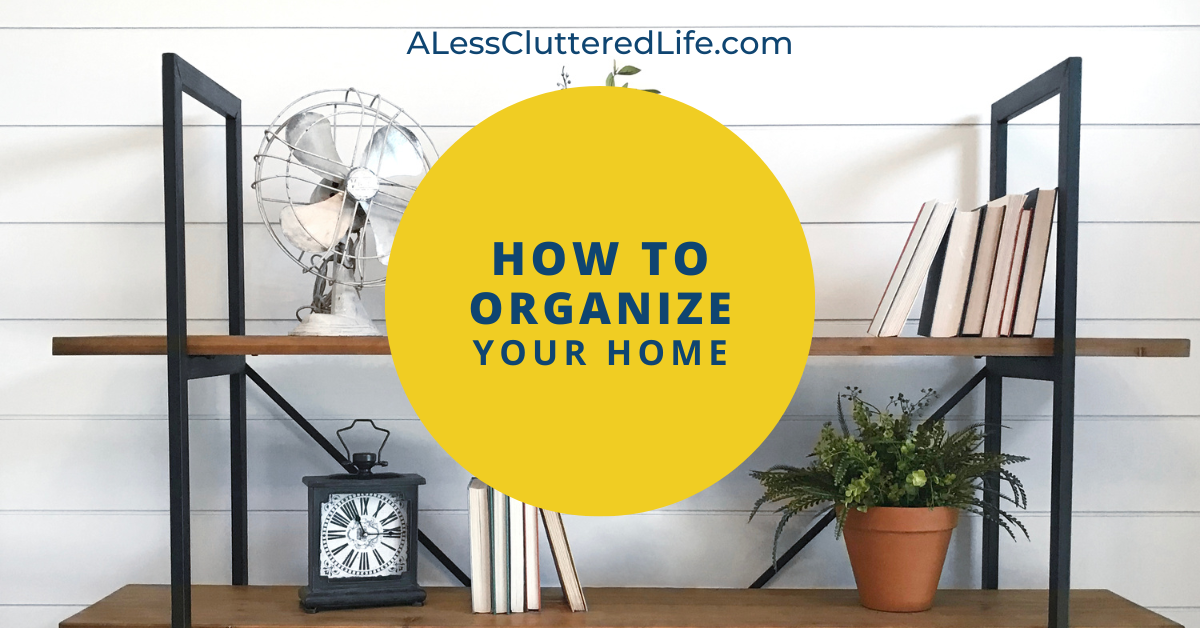
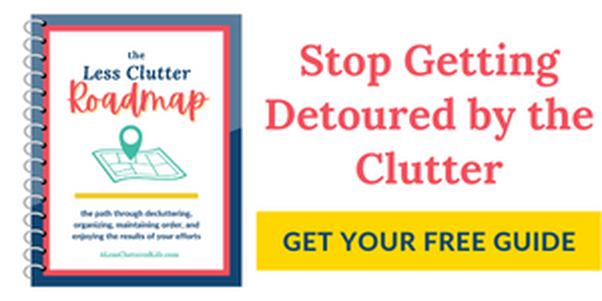
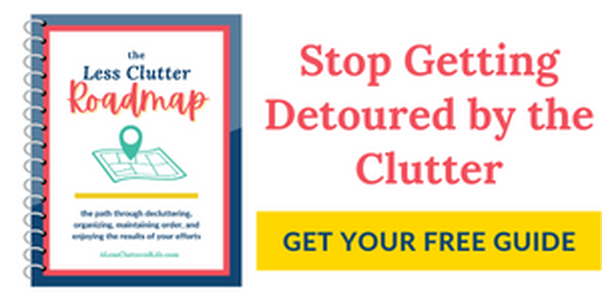
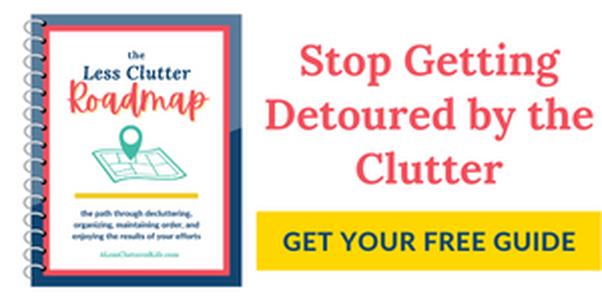
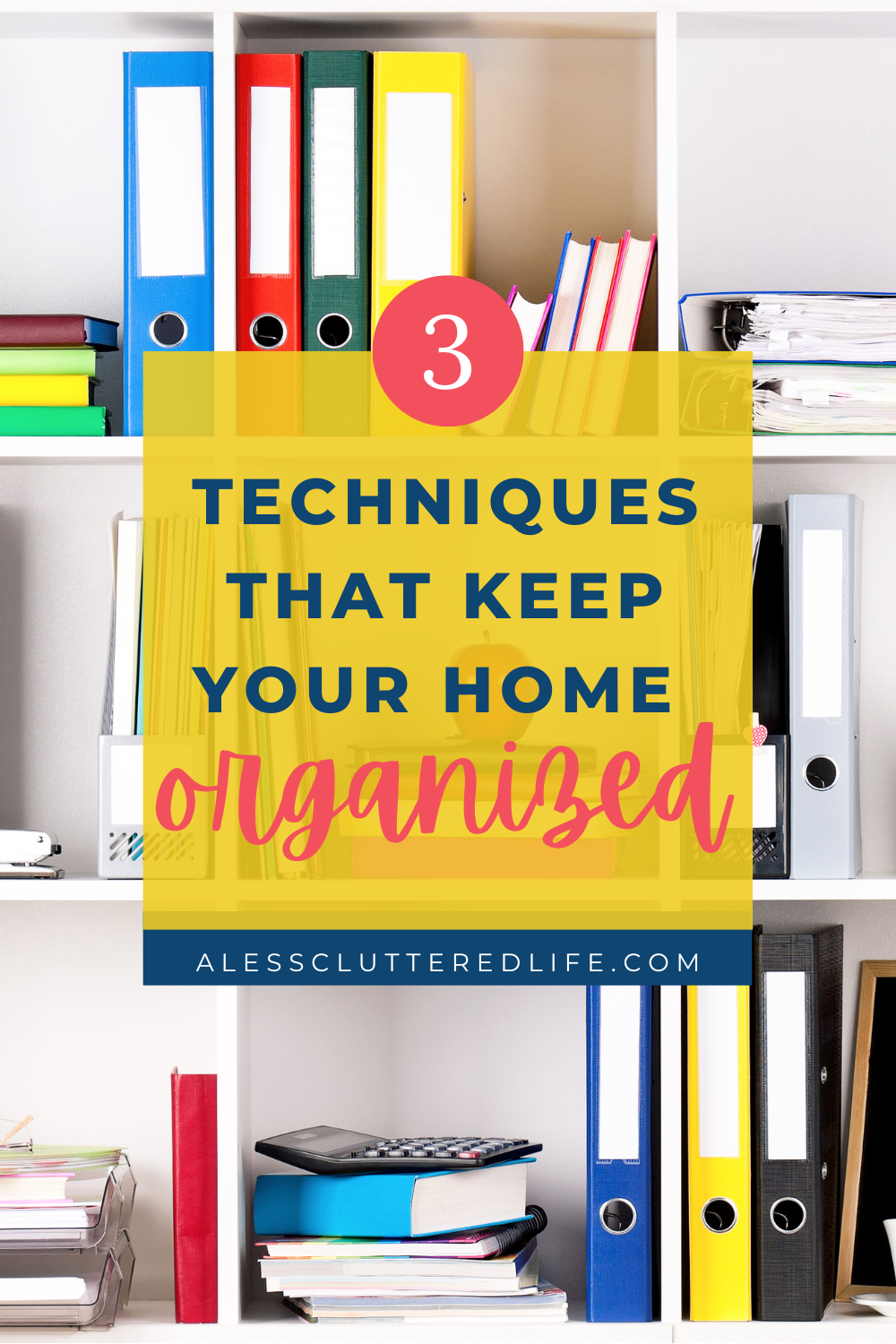
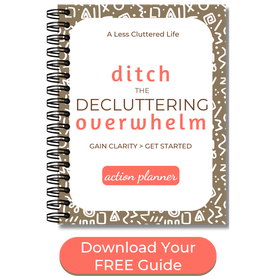
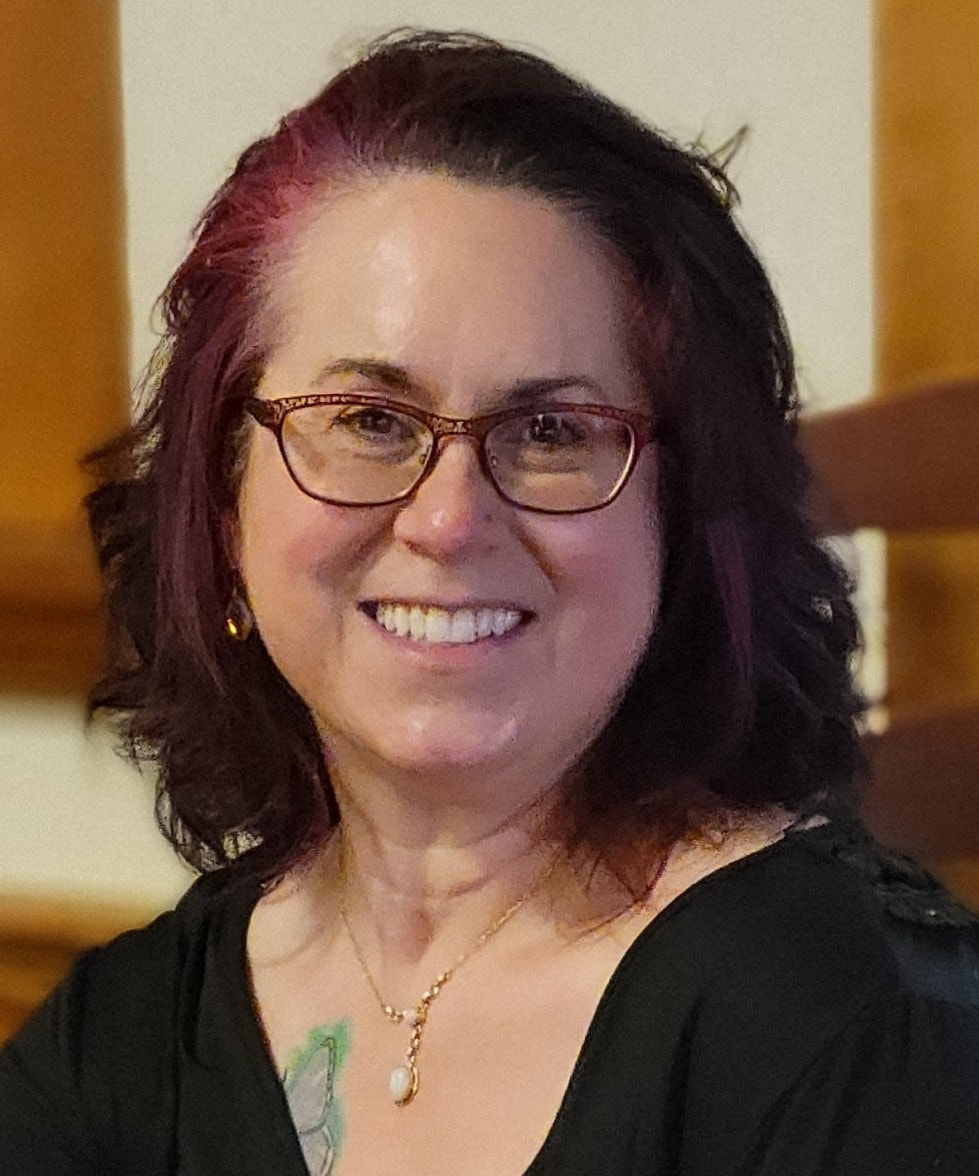
 RSS Feed
RSS Feed
